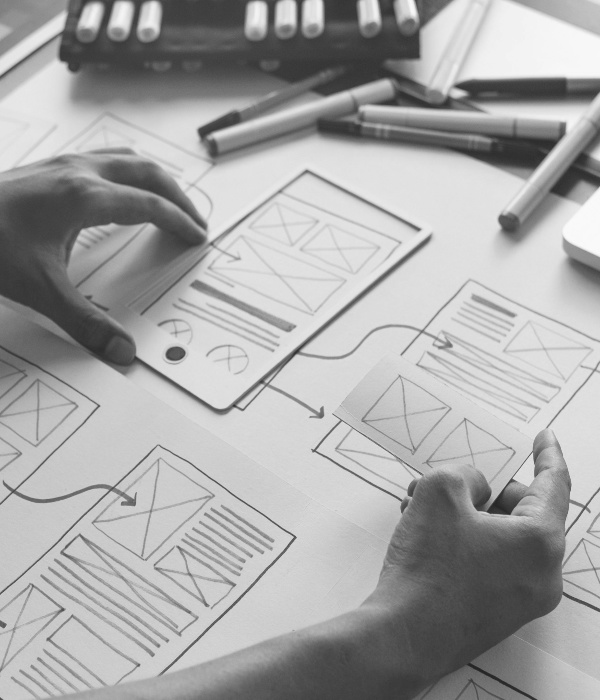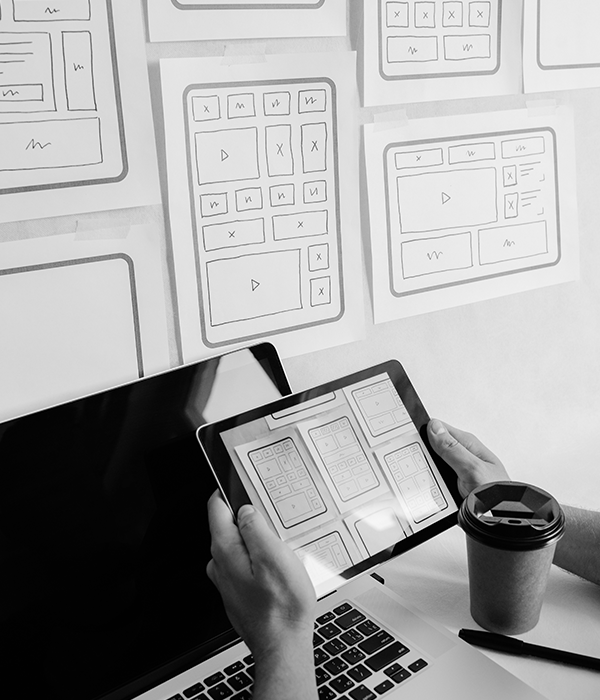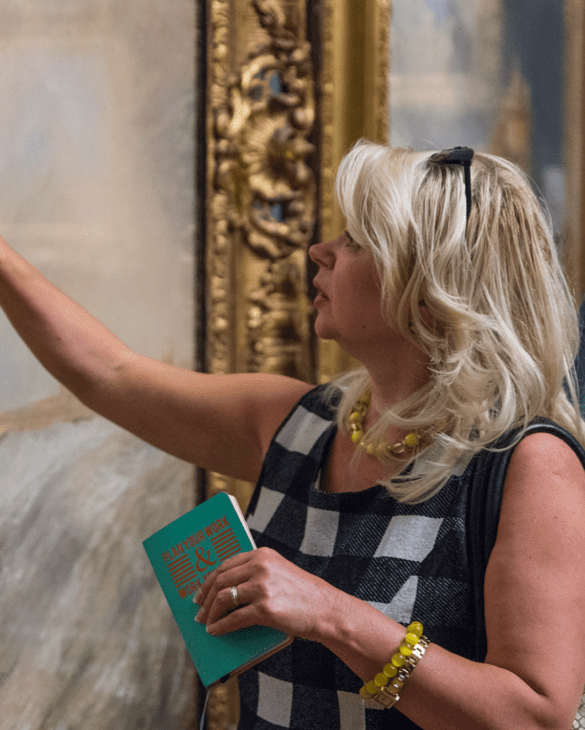At Volume Marketing, we specialise in bespoke web design services for businesses in Cheshire, Liverpool, Manchester, and beyond. Whether you’re a small local business or a scaling enterprise, our tailored approach ensures your website aligns with your unique goals while offering seamless, user-friendly experiences. Every detail is carefully considered to create a design that engages your audience, strengthens your brand, and delivers measurable results.
What is Web Design?
Web design is the creative and strategic process of planning and designing a website before development begins. While often confused with web development, web design focuses on the visual and structural blueprint that guides how a website will look and function. This stage is essential to ensure your website not only reflects your vision but also meets your business objectives effectively.
Think of web design as crafting the architectural plans for a construction project. Just as you wouldn’t build a structure without detailed blueprints, creating a website requires a thoughtful design phase. This process ensures your site achieves the perfect balance of aesthetics and functionality, helping your business thrive in the digital landscape. A well-designed website builds credibility, improves user engagement, and supports key marketing goals such as lead generation and conversions. By investing in a structured web design process, you set the stage for long-term online success and growth.







